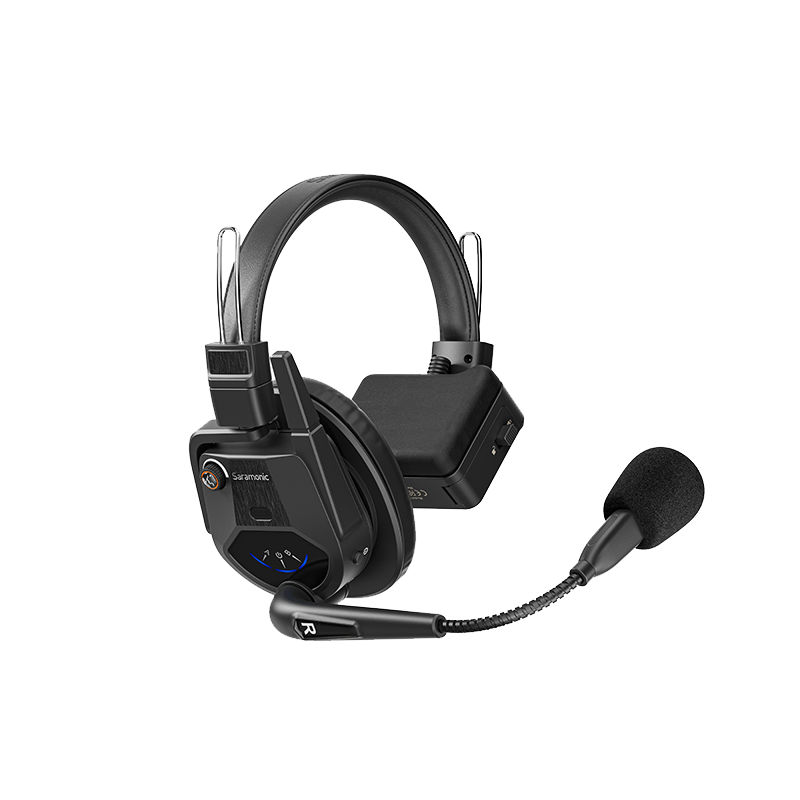Unlock Seamless Communication: Discover the Game-Changing Benefits of Wireless Intercom Systems!
In an increasingly connected world, the need for seamless communication solutions has never been greater. Wireless intercom systems have emerged as a game-changing technology that caters to this demand across various settings, including homes, offices, and public spaces. Unlike traditional intercom systems that rely on complex wiring and limited mobility, wireless intercoms offer unparalleled flexibility and convenience. These systems allow users to communicate effortlessly from different locations without the constraints of cumbersome cables and fixed installations. Whether you're coordinating with family members in your home, managing a bustling workplace, or ensuring safety in public venues, wireless intercom systems provide a reliable means of communication that enhances efficiency and productivity.

Understanding Wireless Intercom Systems
Wireless intercom systems are modern communication devices that allow users to transmit audio and sometimes video signals without the need for wired connections. Unlike traditional intercoms that require physical cabling, wireless systems utilize radio frequencies or Wi-Fi technology for communication. This means that users can move freely within a designated range without losing connectivity. The technology behind these systems typically includes frequency modulation and digital transmission, which contribute to clearer audio and reduced interference. Depending on the model, wireless intercom systems can operate on various frequency bands, such as 900 MHz or 2.4 GHz, ensuring compatibility with different devices and networks. As a result, they provide a versatile communication solution suitable for diverse applications.
Key Features of Wireless Intercom Systems
One of the most appealing aspects of wireless intercom systems is their range of essential features designed to enhance user experience. Mobility is a standout feature; users can communicate from various locations without being tethered to a specific spot. Installation is another strong point, as most wireless intercoms require minimal setup, often involving just charging the device and connecting it to Wi-Fi. Many models come equipped with user-friendly interfaces, making them accessible to people of all ages and technical skill levels. Additionally, advanced features such as video capabilities allow for visual communication, which is particularly useful for security surveillance or remote monitoring. Integration with smart home systems further amplifies their utility, enabling users to control lighting, temperature, and security systems directly through the intercom. These features make wireless intercoms an attractive choice for modern communication needs.
Benefits of Using Wireless Intercom Systems
The benefits of wireless intercom systems extend beyond mere convenience. One significant advantage is enhanced communication efficiency; users can communicate instantly without delays that often accompany phone calls or emails. This immediacy is crucial in settings such as busy offices, where quick coordination can lead to improved workflow and productivity. Increased flexibility is another key benefit; whether you're in the backyard, on another floor, or even outside the building, you can maintain communication without interruption. Moreover, wireless intercoms contribute to improved security, allowing users to monitor entry points and communicate with visitors without exposing themselves to potential threats. In residential settings, they can serve as a vital tool for keeping families connected, while in commercial and industrial environments, they streamline operations and enhance safety protocols. Overall, the advantages of wireless intercom systems make them invaluable in today’s fast-paced world.
Types of Wireless Intercom Systems Available
When exploring wireless intercom systems, it's essential to understand the various types available to choose the right one for your needs. Handheld units are among the most portable options, perfect for individuals who require mobility, such as security personnel or event staff. Wall-mounted devices offer a more permanent solution, ideal for homes and offices where fixed communication points are beneficial. Some systems incorporate video capabilities, allowing users to see who they are communicating with, which enhances security and interaction. Other types include smartphone-compatible intercoms that use apps for communication, providing a high-tech solution that integrates with existing devices. Each type comes with unique features and use cases, empowering users to make informed decisions based on their specific requirements and environments.
Maximizing Communication with Wireless Intercom Systems
In summary, wireless intercom systems represent a significant advancement in communication technology, offering flexibility, ease of use, and enhanced security for various environments. From their essential features to the myriad benefits they provide, these systems are becoming indispensable tools for modern living and working. As you consider the potential impact of wireless intercoms on your daily life, keep in mind the different types available and the specific features that will best meet your needs. Investing in a reliable wireless intercom system can transform the way you communicate, making it more efficient and secure.










Comments